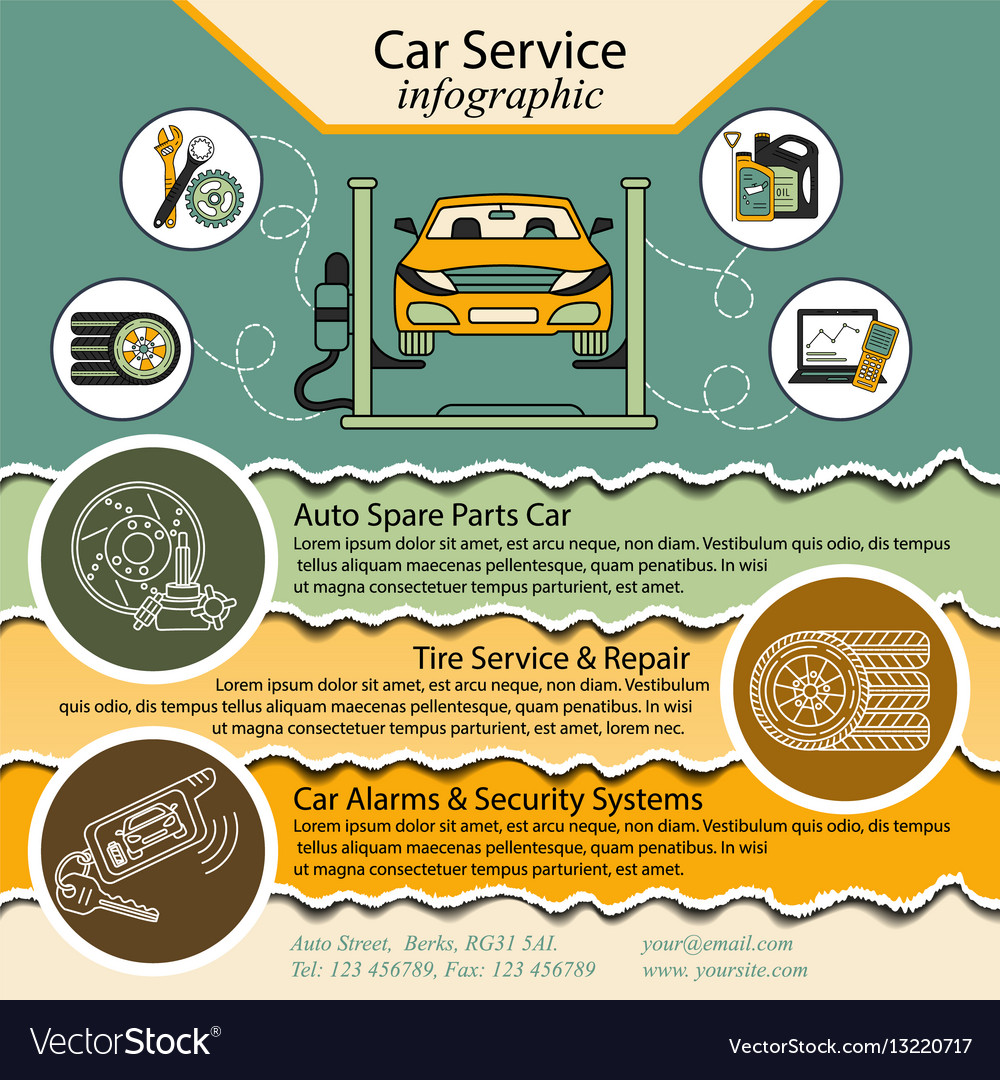Decoding Your Vehicle'S Caution Indicators: What They Absolutely Represent
Decoding Your Vehicle'S Caution Indicators: What They Absolutely Represent
Blog Article
Author-Faulkner Shepherd
When you lag the wheel, those glowing warning lights on your dashboard can be a little bit perplexing. Do you recognize what they're trying to tell you about your car's health and wellness? Comprehending the significance of these lights is important for your security and the longevity of your automobile. So, the following time one of those lights turns up, would not you want to understand its message precisely and take the necessary steps to resolve it?
Common Warning Lighting and Interpretations
Determine typical caution lights in your auto and recognize their definitions to make sure risk-free driving.
One of the most normal caution lights consist of the check engine light, which signifies issues with the engine or discharges system. If this light begins, it's crucial to have your automobile checked immediately.
The oil pressure cautioning light suggests low oil stress, needing immediate focus to prevent engine damages.
A blinking battery light might suggest a damaged billing system, potentially leaving you stranded if not resolved.
The tire pressure surveillance system (TPMS) light alerts you to low tire pressure, affecting car stability and gas efficiency. Disregarding this can cause risky driving conditions.
The abdominal muscle light suggests a trouble with the anti-lock stopping system, endangering your capability to stop quickly in emergencies.
Last but not least, the coolant temperature level alerting light warns of engine getting too hot, which can lead to extreme damages otherwise settled promptly.
Recognizing these typical warning lights will help you deal with issues without delay and preserve risk-free driving conditions.
Importance of Prompt Attention
Comprehending the usual warning lights in your automobile is only the initial step; the significance of promptly resolving these cautions can not be highlighted enough to guarantee your safety on the road.
When a warning light illuminates on your control panel, it's your auto's method of communicating a prospective issue that needs attention. Ignoring these cautions can lead to more extreme issues down the road, jeopardizing your safety and potentially costing you a lot more out of commission.
Trigger focus to alerting lights can stop failures and accidents. As an example, a flashing check engine light can show a misfire that, if left unattended, might create damage to the catalytic converter. Addressing this without delay can conserve you from a costly repair work.
Similarly, a brake system advising light might signify reduced brake liquid or worn brake pads, important elements for your safety when driving.
Do It Yourself Troubleshooting Tips
If you see a caution light on your dashboard, there are a few do it yourself repairing ideas you can attempt before looking for professional help.
The very first step is to consult your auto's guidebook to comprehend what the certain caution light suggests. Often https://caidenpkdxr.ziblogs.com/30036639/seasonal-lorry-maintenance-trick-auto-describing-tips-for-your-automobile can be as simple as a loose gas cap activating the check engine light. Tightening up the gas cap may solve the issue.
Another usual issue is a reduced battery, which can activate various warning lights. Examining https://www.dol.gov/newsroom/releases/whd/whd20220124-1 for rust and guaranteeing they're safe could repair the problem.
If a warning light persists, you can attempt resetting it by detaching the car's battery for a couple of mins and after that reconnecting it. In addition, checking your car's fluid levels, such as oil, coolant, and brake liquid, can assist repair alerting lights related to these systems.
Conclusion
Finally, recognizing your auto's caution lights is necessary for maintaining your automobile running efficiently and securely. By immediately resolving these notifies and recognizing what they suggest, you can avoid expensive repairs and possible break downs.
Remember to consult your cars and truck's handbook for certain information on each alerting light and act as necessary to make sure a trouble-free driving experience.
Stay notified, stay safe on the road!
